Colors like reds, golden yellows, and cheerful oranges dominate our fall gardens. These warmer colors are synonymous with fall. But as summer winds down, many of us aren’t ready to let go of the riot of summer color and give way to fall’s muted reds and golds. Cool colors are a counterpoint to the rusty hues typical of fall – think blue, soft pink, and purple. Fall color on foliage is lovely, and I really can’t say enough about ornamental grasses, but the pollinators agree- we still want flowers! Luckily, there are plenty of plants out there that deliver quite a punch late in the season. Here are some plants to try in your yard for contrast – bold, cool colors to punch up your golden fall garden.
Bonus- most garden centers and nurseries are marking prices down by now, so you can score these garden energizers at a discount!
Perennials(plants that die back in winter but return the next growing season)
Asters (Aster species and cultivars) are the quintessential fall perennial, mounding in waves of blue, purple, pink and white at the end of the season. Most asters are hardy to zones 4 or even 3, and make a great show late in the season.
Airy stems and tiny blooms of Russian sage (Perovskia atriplicifolia) look great massed together. Grey-blue and deep purple colors hold up against the yellows and oranges of surrounding plants.
The larger garden sedums, or stonecrop (Hylotelephium spectabile and hybrids) are a staple in the fall garden. These plants emerge fairly early in the summer and act as great fillers while other plants are on display. Their bold, waxy foliage is pretty all on its own, whether you’re growing plants with clear green leaves, variegated white, or hues of purple. As many other plants in the garden fade back, sedum blooms begin to color up and show off. Vibrant pink is an unusual and welcome color in the fall garden.
Plant care: Many fall-blooming plants can get leggy during the growing season and topple over when their blooms are at their peak. Two ways to handle this problem: support the plants by staking or pinch them back mid-summer. Asters and hardy mums can be sheared back by 1/3 in late June – they’ll thank you by growing more compact and put on a great show in autumn. Taller stonecrops, like “Autumn Joy” and “Matrona”, do well to be staked, tied back, or planted near some supportive neighbors, like shorter grasses and rounded perennials. These sedums have such great blooms that the extra effort is worth avoiding the disappointment of a split stem just when your garden really needs a blast of color.
Annuals (plants that can’t make it through our winters, or finish their life cycle in one growing season)
Annual Mexican sage (Salvia leucantha) – this plant is hardy to around zone 8, and can take some cooler nights. The electric blue-purple on its fuzzy stems catches your eye and contrasts with yellows and oranges around it.
Zinnias (Zinna cultivars), large and small- zinnia’s bright colors blaze like a Latin festival in your garden. While these plants can succumb to powdery mildew late in the season, there are a few tricks to make them worth your while. Plant tall ones far back in a distant bed and you can’t notice the leaves until you’re up close. Seek out mildew-resistant varieties and consider the air flow around your plantings. Cut back and clean out foliage at the end of the season and dispose of it so no spores are held in the garden.
Enjoy these fall beauties as your garden slowly rests from summer’s abundance. Their cooler blues and pinks will play a starring role against the classic fall colors of pumpkin orange and golden yellow in surrounding foliage.
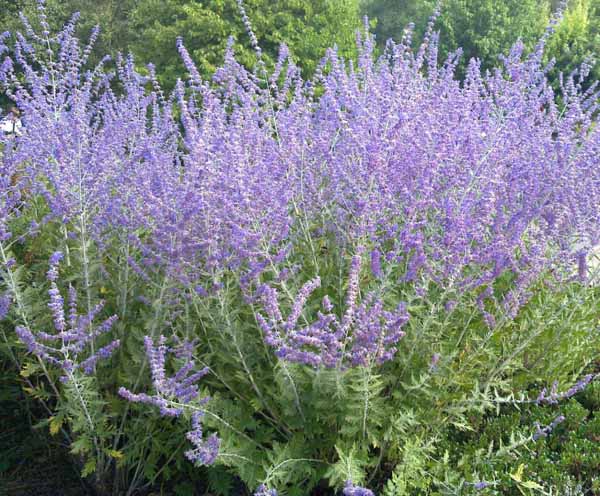
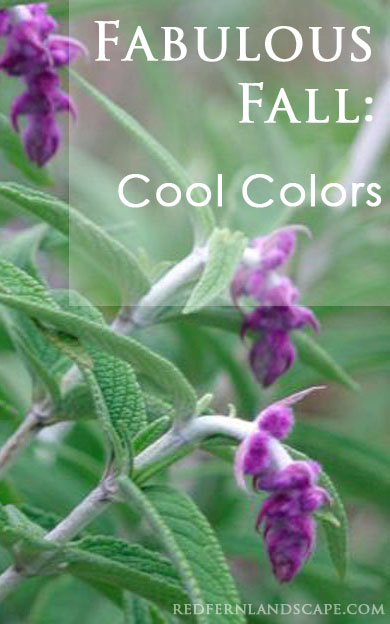
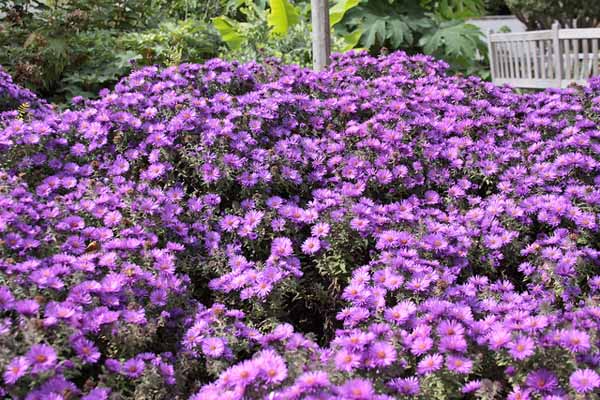
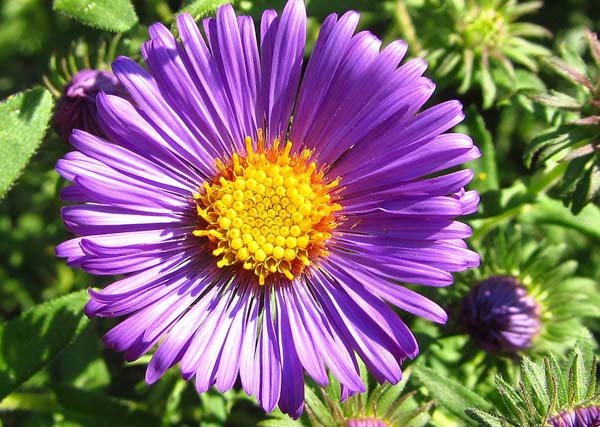
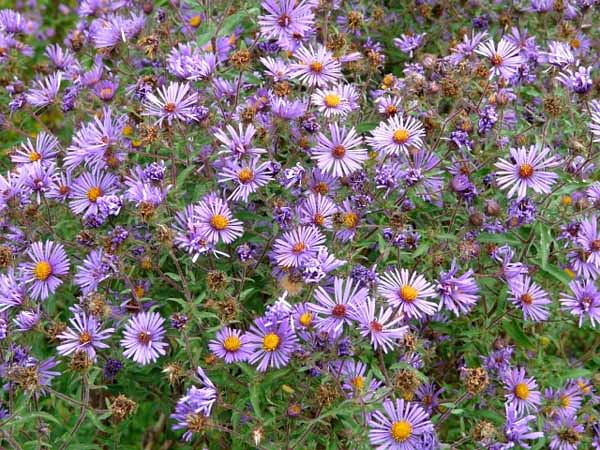
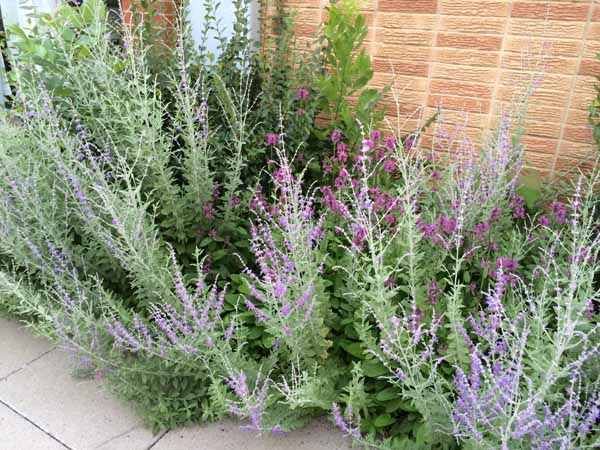
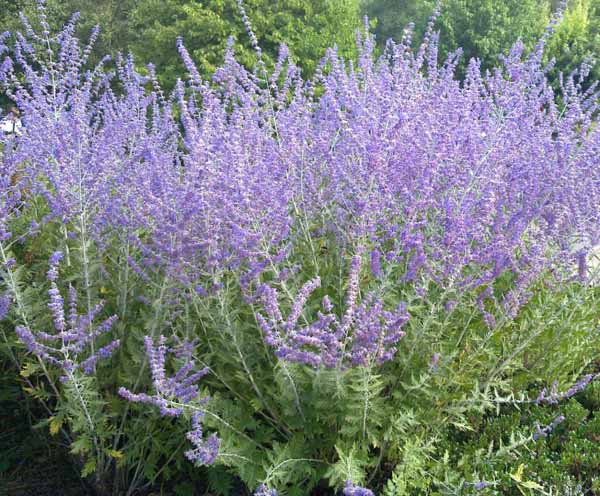
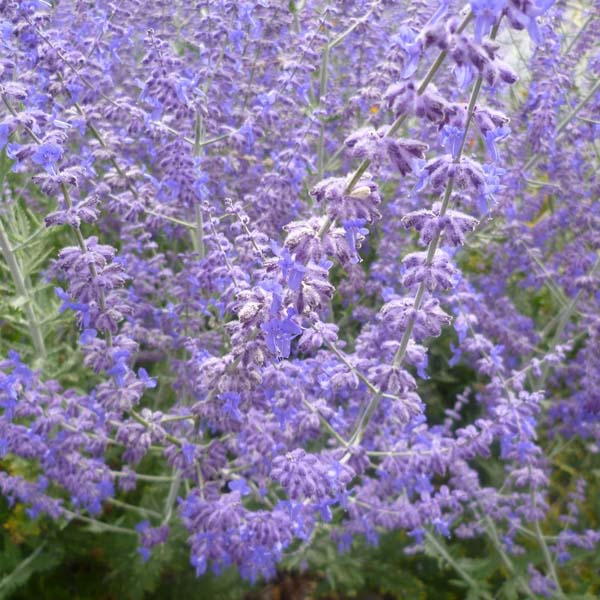
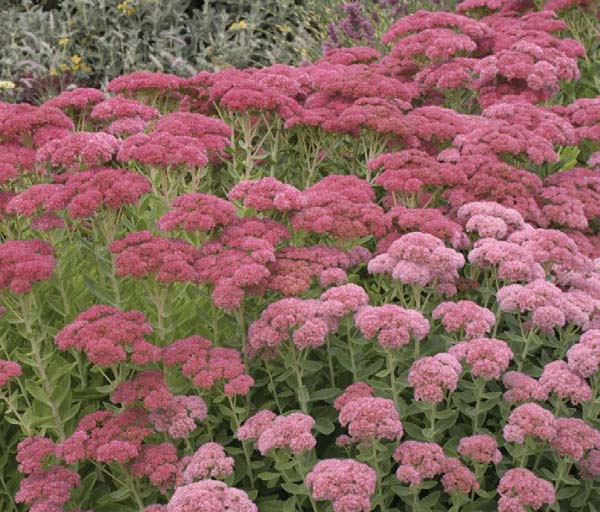
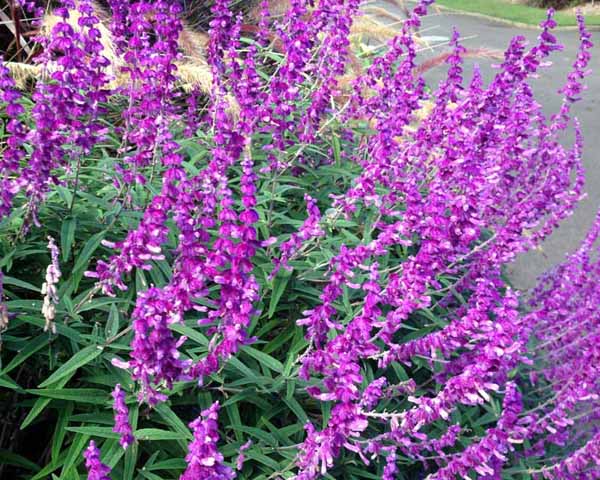
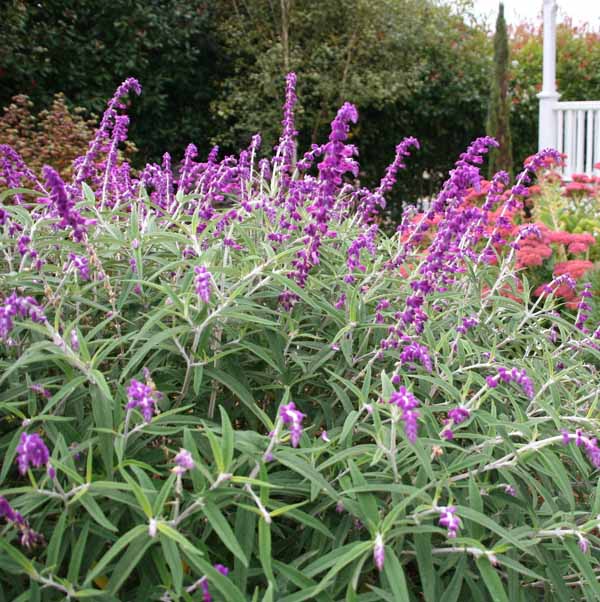
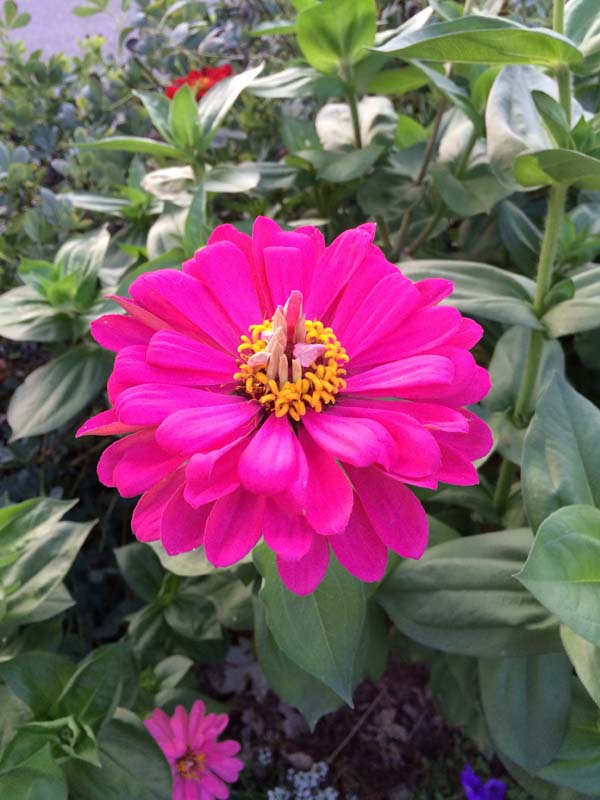
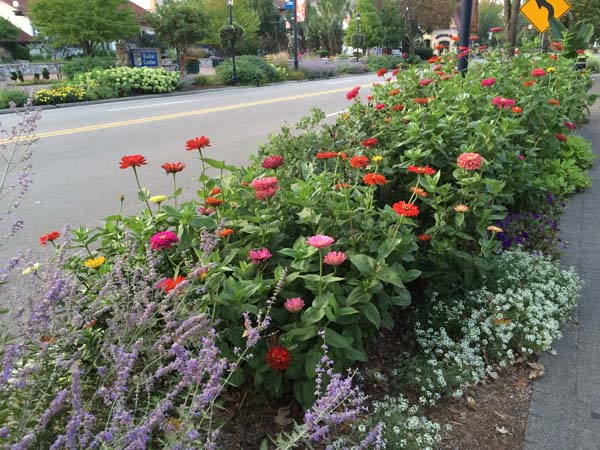
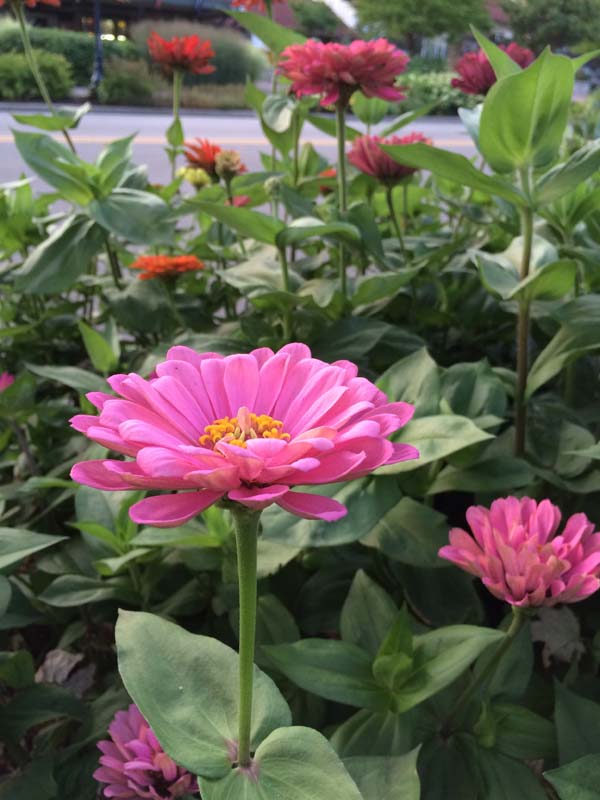
LIke it
pin it
tweet it
email it